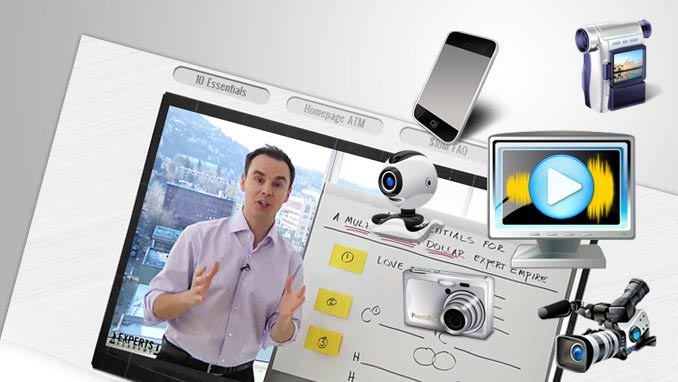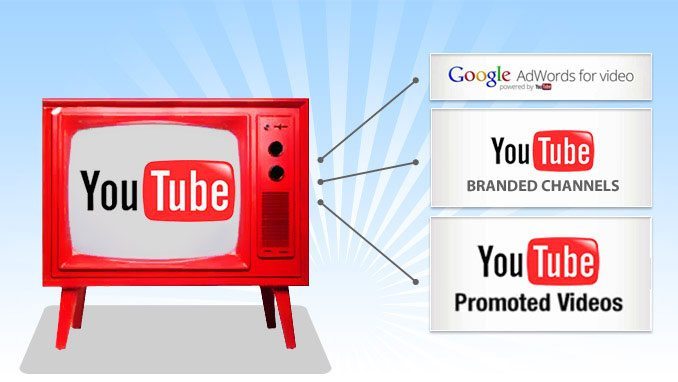What is a Webinar?
A webinar is a service that allows conferencing events to be shared with remote locations using Internet technologies, particularly on IP/TCP connections.
The term “webinar” is short for “Web-based Seminar”, that often involves presentations, lectures, collaborative meetings transmitted online, specifically a portmanteau of web & seminar, and other types of specific web conference. Webinars are the latest marketing trend allowing for a more interactive and personal sales presentation.
Popular online systems include service providers like GoToMeeting and WebEx.
How webinars can help build your business?
Hosting your initial webinar is a a challenging task but everybody was been there. At some point, we’ve all asked “What if I host a webinar and no one shows up?” Hosting webinars that will generate an underwhelming number of sales takes hardwork. It pays off to work relentlessly in order to improve your attendance and conversion percentage.
Remember that conducting successful webinars is beneficial for your business. As communicators we should be both strategic and tactical. Strategic means that everything we do is tied to the business goals of the organization. Tactical in terms that we’re putting the right messages in the right channels, and come up with very creative ways of making sure those messages get noticed.
All of which is easier said than done, of course. It’s easy to become “everybody’s private publisher” and get so wrapped up in tactics that we lose site of our strategic communication plan (or never write one in the first place!) Some communicators spend so much time worrying about planning that they only have time to churn out dry, boring, corporate messages that nobody pays attention to.
So how will you make sure that everything you do is tied to your organization’s goals? Turn business objective into communication messages and then turn those messages into dynamic, creative tactics? How will you take even the driest, most boring corporate goals and initiatives and bring them to life with social media and multimedia?
Luckily, there are winning formula tested to guide you through the right process of implementing your tactics and strategies:
Be credible
When you ask someone to sign up for a webinar, you are asking for an hour of his day. Even if the webinar is free, that one hour could be quite expensive.
You are asking a lawyer, for example, to give up a billable hour that could be worth $300. Or you might be asking a marketer to stop generating leads for that hour, or a busy executive to give up a precious hour with her children.
The best way to get people to attend your webinar is to prove that you provide sufficient value in return for their time.
If you are new to content marketing, blogging, or social media or you don’t have a clearly defined marketing process in place, then gaining credibility with your target will take about 6-8 weeks (depending on the audience).
Start by creating an email list using an e-book or whitepaper as “bait.” That will give your audience members a sampling of what type of information they can expect from you. Once you’ve created the e-book, start blogging consistently. Doing so will prove to your audience that you know what you are talking about.
Create an interesting topic
Many marketers think of webinars as infomercials. They create webinars around their product or service, and not around the problems and needs of their intended audience.
For instance, if your product is accounting software, your webinar could be titled “Five Ways to Increase Your Company’s Profitability.” That is much more likely to excite your audience than a title such as “How Our Software Can Benefit Your Business.”
Create great content or invite speakers
The phrase “create great content” is a bit cliched in the online marketing world, but this process has worked for many might and work for you, too.
First, introduce the problem that members of your audience are experiencing, and really spell it out for them. For example, discuss how low profitability kills company growth and limits their ability to create new products and services. You must drive home that main point. After the audience understands your point, introduce the solution to the problem.
To keep the interest of the audience, load your webinar with case studies that demonstrate how other people are succeeding with your solution. Using credible guest speakers in your webinar is also an advantage. Doing so will allow those in the audience to relate and visualize how their lives can be improved.
Finally, at the end of the webinar, spend about 7-10 minutes making a pitch. You have just convinced audience members that they have a problem; they understand what their lives will be like once that problem is solved; and they even have some idea of how that problem can be solved.
Now, you need to explain that they will see drastic, positive results after applying your product or service to their problem.
Send out a landing page after the pitch
Most webinars show a link on a slide for the audience to use to sign up for the offer. If your webinar is good, that technique will generate sales.
However, if you have audience members who are unable to type in your link at that time, you may have lost them forever. So, immediately after your webinar, email that link to all attendees.
That may seem trivial, but every time you send that email, chances are an increase in your conversions of 10-20%.
Send follow-up emails
In the days and weeks following your webinar, keep in touch with everyone on your list. When you write a new blog post, shoot them an email. Or, if you write a new whitepaper, share it with them. Doing so will ensure that when you host your next webinar, you won’t be starting from scratch.





